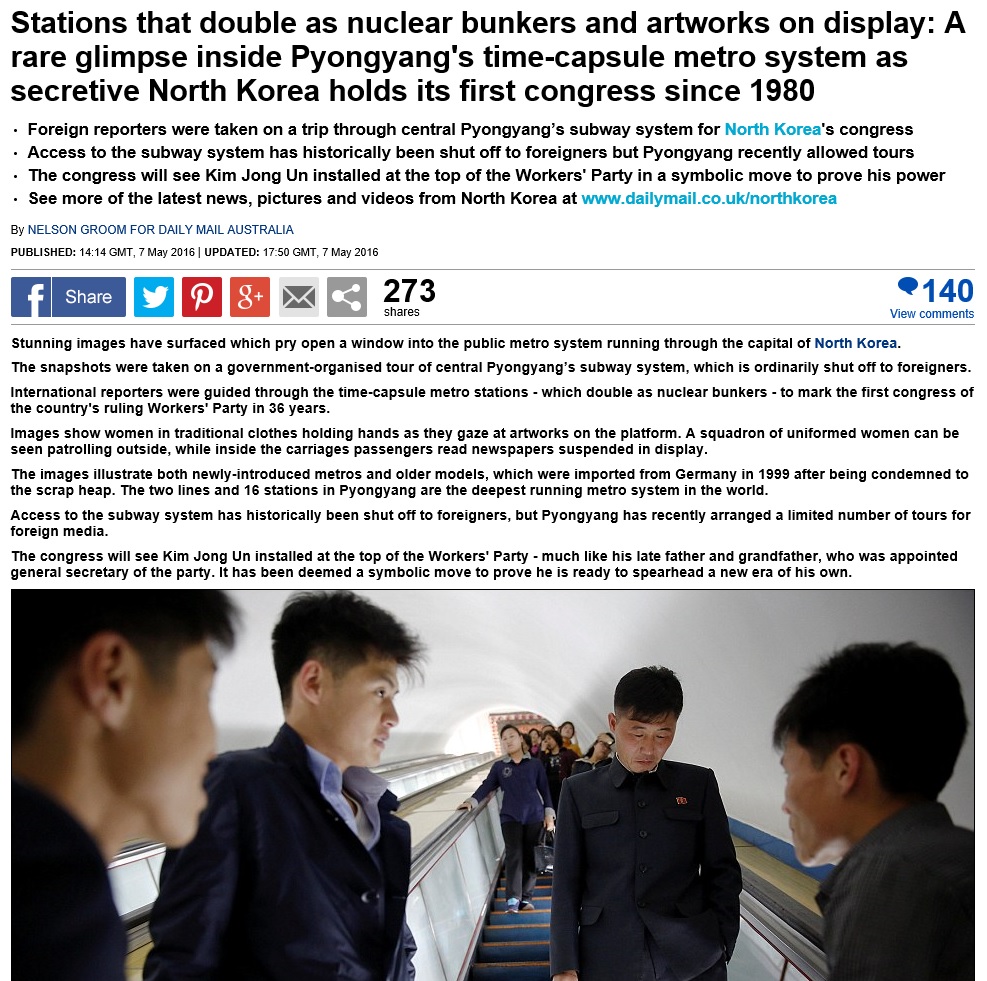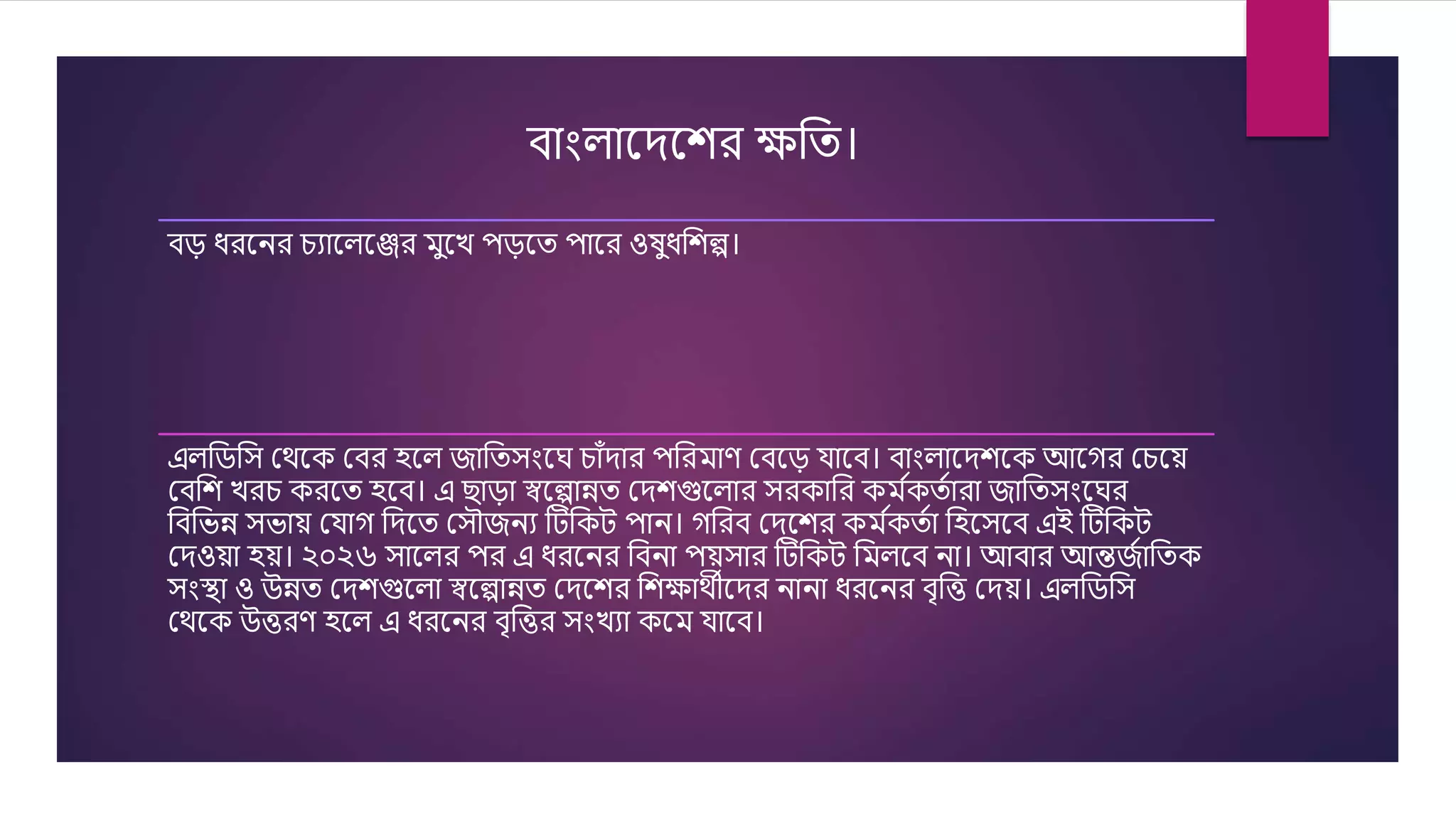Air Traffic Control: Solutions For The "I Don't Know Where You Are" Crisis

Table of Contents
Current Challenges in Air Traffic Control Position Awareness
Maintaining precise aircraft position awareness is paramount for safe and efficient air traffic management. Current methods rely heavily on ground-based radar and Automatic Dependent Surveillance-Broadcast (ADS-B) technology. However, these systems have limitations.
-
Limitations of ground-based radar: Ground-based radar, while a cornerstone of ATC for decades, suffers from limitations, particularly in challenging weather conditions like heavy rain, snow, or fog. These conditions can significantly degrade radar signal quality, reducing accuracy and range. Furthermore, mountainous terrain can create radar shadowing, leading to blind spots where aircraft become untrackable.
-
Coverage gaps in remote areas: Ground-based radar networks are not uniformly distributed globally. Remote areas, oceans, and sparsely populated regions often lack sufficient radar coverage, creating significant blind spots. This lack of coverage is a major concern for long-haul flights and smaller aircraft operating outside major air corridors.
-
Dependence on aircraft transponders: ADS-B relies on aircraft transponders emitting position data. However, these transponders can malfunction, experience signal loss, or be intentionally switched off, resulting in loss of positional information. This is particularly critical for smaller aircraft that may not always have the most reliable equipment.
-
Increasing air traffic density: The rapid growth of air traffic globally further exacerbates these challenges. Increased air traffic density puts a strain on existing infrastructure and increases the risk of positional uncertainty leading to conflicts and near-misses.
The consequences of positional uncertainty are severe. Near misses, requiring emergency maneuvers, are a clear and present danger. Increased delays due to uncertainty and the need for precautionary measures significantly impact airline operations and passenger experience. Ultimately, loss of position awareness can lead to catastrophic accidents.
Technological Solutions for Enhanced Position Awareness
Addressing the "I don't know where you are" crisis demands a technological leap forward. Several innovative solutions are being developed and implemented to improve aircraft tracking and communication:
-
ADS-B expansion: Widespread implementation of ADS-B Out (aircraft transmitting position data) and a denser network of ADS-B Ground Stations are crucial. This provides greater coverage and improves accuracy, especially in areas with limited radar coverage. Ongoing deployments are steadily increasing ADS-B’s global reach.
-
Satellite-based tracking: Utilizing satellite constellations like those operated by Iridium and other providers offers global coverage and improved accuracy, even in remote areas beyond the reach of ground-based radar. This technology acts as a critical supplement, providing a backup and extending coverage in challenging environments.
-
Data fusion techniques: Integrating data from multiple sources – radar, ADS-B, and satellite – using sophisticated algorithms enables the creation of a more robust and accurate picture of aircraft positions. These algorithms filter out noise and inconsistencies, producing a more reliable composite view. The reliability of these fusion techniques is constantly improving with advancements in AI and machine learning.
-
Unmanned Aircraft System (UAS) Integration: Integrating drones (UAS) safely into the airspace presents unique challenges. Technologies like Detect and Avoid (DAA) systems are crucial for preventing collisions between drones and manned aircraft. DAA uses sensors and algorithms to alert pilots and air traffic controllers to potential conflicts, improving safety and allowing for more efficient integration of UAS traffic.
Improving Communication and Data Sharing in ATC
Effective communication is as vital as precise tracking. Improved data sharing between aircraft and controllers is crucial for resolving uncertainties quickly.
-
Upgraded communication protocols: Implementing modern, high-bandwidth communication protocols enables faster and more reliable data transmission. This allows for quicker dissemination of critical information, reducing response times in emergencies.
-
DataLink systems: DataLink systems significantly enhance data transfer efficiency and reduce the pilot workload. These systems automate data exchange, reducing reliance on voice communication for routine information updates.
-
Advanced voice recognition and synthesis: Advanced voice recognition and synthesis technologies can improve communication clarity and efficiency. This is especially helpful in high-stress situations, enabling controllers to quickly understand and respond to pilot inputs.
-
Standardized communication protocols: Development and implementation of standardized communication protocols will allow for seamless information exchange between different air traffic management systems worldwide, improving interoperability and reducing confusion.
Human Factors in Air Traffic Control
While technology plays a crucial role, human factors remain a critical component of air traffic control safety. Human error can contribute to positional awareness issues.
-
Training and professional development: Comprehensive training and ongoing professional development for air traffic controllers are vital. This includes advanced training in the use of new technologies and effective procedures for handling emergencies.
-
Ergonomic workstation designs: Ergonomic workstation designs reduce fatigue and improve situational awareness, leading to better performance and decision-making by controllers.
-
Workload management: Implementing effective procedures to manage workload and prevent human error is crucial. This includes efficient shift scheduling and the use of support staff to alleviate pressure on controllers.
-
Decision support tools: Providing air traffic controllers with advanced decision support tools can significantly aid them in critical situations, helping them make informed decisions faster and more accurately.
Conclusion
The "I don't know where you are" crisis underscores the urgent need for significant improvements in air traffic control systems. Addressing this necessitates a multi-pronged approach, integrating technological advancements with enhanced communication strategies and a strong focus on human factors. The implementation of expanded ADS-B, satellite-based tracking, data fusion techniques, coupled with improved training, ergonomic designs, and effective procedures, will drastically enhance aircraft position awareness. By investing in these solutions, we can significantly reduce the risk of accidents and ensure the safety and efficiency of air travel for years to come. Let's work together to eliminate the "I don't know where you are" crisis and create a safer airspace through improved air traffic control (ATC) strategies and innovative air traffic management solutions.

Featured Posts
-
 Cybercrime Hacker Makes Millions From Compromised Office365 Accounts
May 07, 2025
Cybercrime Hacker Makes Millions From Compromised Office365 Accounts
May 07, 2025 -
 Simone Biles To Deliver Commencement Address At Washington University
May 07, 2025
Simone Biles To Deliver Commencement Address At Washington University
May 07, 2025 -
 Interest Rate Cuts Powells Calculated Risk Amidst Trumps Pressure
May 07, 2025
Interest Rate Cuts Powells Calculated Risk Amidst Trumps Pressure
May 07, 2025 -
 Zendayas Family Rare Glimpses And A Sisters Contrasting Claims
May 07, 2025
Zendayas Family Rare Glimpses And A Sisters Contrasting Claims
May 07, 2025 -
 De Bussers Leadership Go Ahead Eagles Cup Final Comeback Story
May 07, 2025
De Bussers Leadership Go Ahead Eagles Cup Final Comeback Story
May 07, 2025
Latest Posts
-
 Prioritizing Ldc Graduation A Roadmap To Becoming A Chartered Accountant
May 07, 2025
Prioritizing Ldc Graduation A Roadmap To Becoming A Chartered Accountant
May 07, 2025 -
 Apo Group Newsroom Press Release On Minister Tavios Zambia Trip And Ldc Forum
May 07, 2025
Apo Group Newsroom Press Release On Minister Tavios Zambia Trip And Ldc Forum
May 07, 2025 -
 Accelerating Ldc Graduation A Comprehensive Guide For Achieving Ca
May 07, 2025
Accelerating Ldc Graduation A Comprehensive Guide For Achieving Ca
May 07, 2025 -
 142 105 Blowout Mitchell And Mobley Fuel Cavaliers Win Against Knicks
May 07, 2025
142 105 Blowout Mitchell And Mobley Fuel Cavaliers Win Against Knicks
May 07, 2025 -
 Zambia To Host Ldcs Future Forum 2025 Shaping A Sustainable Future For Least Developed Countries
May 07, 2025
Zambia To Host Ldcs Future Forum 2025 Shaping A Sustainable Future For Least Developed Countries
May 07, 2025
